Path to ViDA Reform Approval: A Guide to EU VAT Transformation in the Digital Age

The 27 EU Member States' Ministries of Finance finally agreed on the content of the provision under the VAT in Digital Age, or ViDA, initiative. Those who have followed the situation's development in recent times know that reaching this point was not easy and that the path to it was rocky.
This article will delve into the path to adopting the ViDA reform, from its early stages to the final steps, to understand how agreeing on the text of the ViDA is significant.
Early Stages - The Proposal to Reform the EU VAT System
December 8, 2022, marks a significant date as the European Commission (the Commission) made the ViDA package publicly available and presented it to improve the EU VAT system further. The ViDA package consists of three proposals, each representing one pillar of the ViDA.
Those three proposals are to amend the EU VAT Directive, the regulation on the VAT administrative cooperation arrangements, and the implementing regulation concerning the information requirements for certain VAT schemes.
The main reasons were to improve the EU VAT system to better suit the digital age and digital economy.
Key parties in the process of drafting and presenting the ViDA package, as well as other similar EU laws, are the European Commission, which submits the legislative proposal to the European Parliament (the Parliament) and the Council of the European Union (the Council), which must agree on the text.
This means that the preparation of the ViDA started long before it was presented to the public in December 2022. Moreover, in March 2022, the Commission published the VAT in the Digital Age—Executive Summary study report, which was prepared in cooperation with several consulting firms and research institutions, such as Economisti Associati Srl and Oxford Research AB.
The Legislative Procedure Towards the Adoption of ViDA
Once the Commission makes its proposal for the legislative procedure, which can either be an ordinary or special legislative procedure, the ViDA package is subject to a special legislative procedure.
The rules for the special legislative procedure state that the Council is the only legislator and that, contrary to the ordinary legislative procedure, where the Council and Parliament are equal in the decision-making process, in this procedure, the Parliament can only approve the Commission proposal or be consulted on it.
Notably, the Council is not obliged or restricted by the opinion that the Parliament gives in the consultation capacity. However, for any regulation or directive to be adopted under the special legislative procedure, the Council must unanimously agree on the proposed legislation.
In the case of ViDA, all 27 EU Member States had to agree on all three legal acts that formed this reformatory package. One of those three reasons was that the ViDA approval work took a bit longer.
Blocks on the Road - Two Years of Negotiating in the Council
The ViDA package took almost two years to approve because the members of the Economic and Financial Affairs Council (ECOFIN) could not agree on the final text. ECOFIN is one of ten sections of the Council in charge of policies related to the economy, taxation, and financial services.
Each of the ten sections of the Council, including ECOFIN, consists of representatives from each EU Member State at a ministerial level, usually ministers or state secretaries. For ViDA to be adopted by the Council all 27 representatives needed to approve the package's text.
The main blocking issue in this process was Estonia's refusal to agree to the proposed introduction of the deemed supplier rule on the platform facilitating short-term accommodation rental and passenger transportation.
After several ECOFIN meetings that ended, leaving the future of ViDA adoption questionable, where Estonia opposed the suggested text on the second pillar, the final agreement was reached on November 5, 2024.
The Final Resolution and Further Steps in the Process
Apart from December 8, 2022, the next most significant day in the ViDA's short history is November 5, 2024. On that day, all 27 representatives of ECOFIN voted positively on the final text of the ViDA reform, thus agreeing on how the EU VAT system should be upgraded.
While Estonia refused Belgium's proposal during its presidency of the EU Council, Hungary's efforts gave positive results. Belgium was unprepared to propose and discuss a compromise on the second pillar, but Hungary was ready for concession.
Therefore, while the first proposal for the second pillar included the definition of short-term accommodation rental for a maximum of 45 days, the approved text sets it at 30 nights. Originally, it was proposed that deemed supplier rules come into force in July 2027, which is now moved to July 2028 as an optional implementation and 2030 as a mandatory implementation.
The approved text of the ViDA now defines the following implementation timeline: July 2028 implementation of Single VAT Registration rules, July 2028 voluntary implementation of deemed supplier rules for ride and accommodation rental platforms, January 2030 implementation of mandatory deemed supplier rules for ride and accommodation rental platforms, and July 2030 to January 2035 implementation and establishment of harmonized digital reporting and e-invoicing system.
Nevertheless, the process of adopting the ViDA reformatory package has still not been completed. This leaves us with the following question: What are the next steps in the adoption process?
Considering the Parliament's role in this process and the significantly changed text of the ViDA since 2023, when the Parliament gave its last opinion, the next step is for the Parliament to provide its opinion on the agreed text again.
However, the Council does not have to consider this. Once the Parliament gives its final opinion, the Council must formally adopt and publish the final text in the EU’s Official Journal.
Conclusion
The ViDA's approval was a complex and rocky road, and now only the formalities stand in the way of this reformatory package's adoption and entry into force. More than 13 years will pass between the initial phase of examining the need for a new reform of the EU VAT system and the final implementation of all three pillars.
This fact confirms how much effort and resources were invested into reaching the point when all EU countries agreed on the regulatory framework, thus further reshaping, modernizing, and harmonizing the EU VAT landscape.
Source: Council of the European Union, VATabout - EU- An Overview of Recent ViDA Developments, VATabout - EU: European Parliament Approves Resolutions Related to the ViDA, European Commission - Questions and Answers: VAT in the Digital Age, The Council of the EU - Special legislative procedure, European Parliament - Legislative powers

Featured Insights

The African Tax Response to Fintech and Web3
🕝 January 5, 2026More News from Europe
Get real-time updates and developments from around the world, keeping you informed and prepared.
-e9lcpxl5nq.webp)




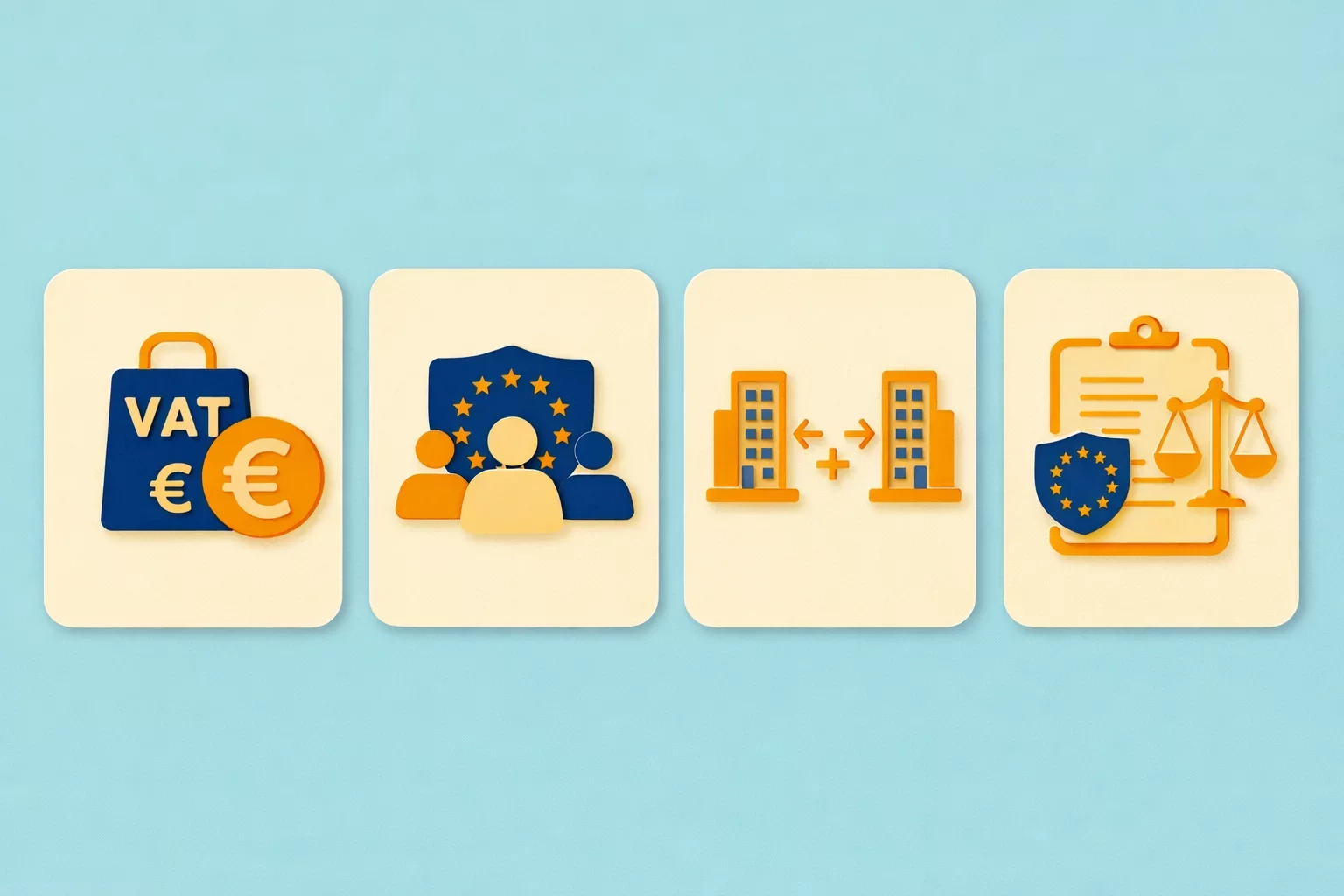
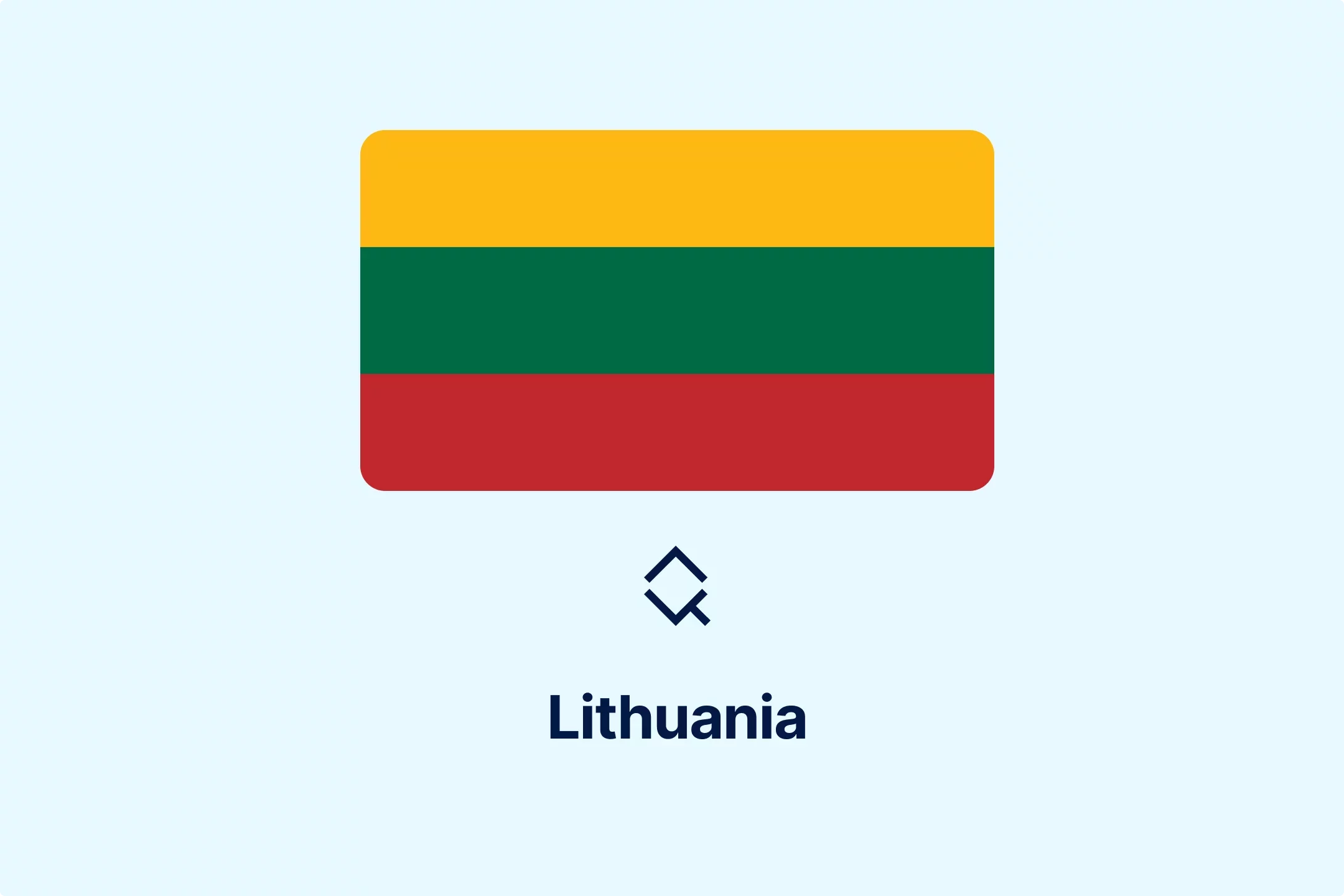

-webajrr4ny.webp)
-evibmwdwcn.webp)
-7acdre0hop.webp)

-lcgcyghaer.webp)
-ol6mdkdowg.webp)
-aqdwtmzhkd.webp)

-njgdvdxe2u.webp)
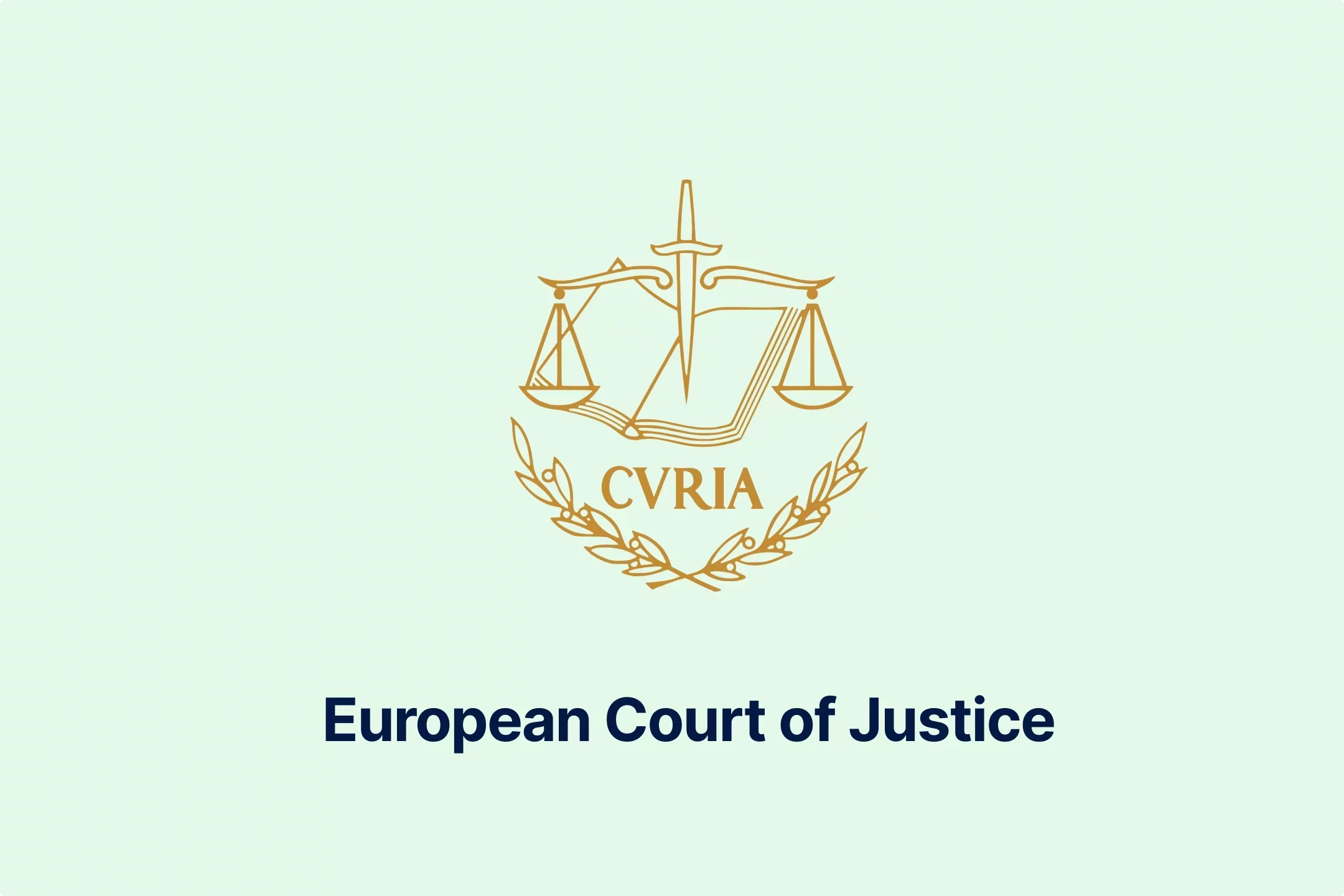


-i6rki3jbad.webp)
-hdwgtama05.webp)

-atbhy5fyxv.webp)




-zp2n6zixoa.webp)
-oa1ynbm4sn.webp)

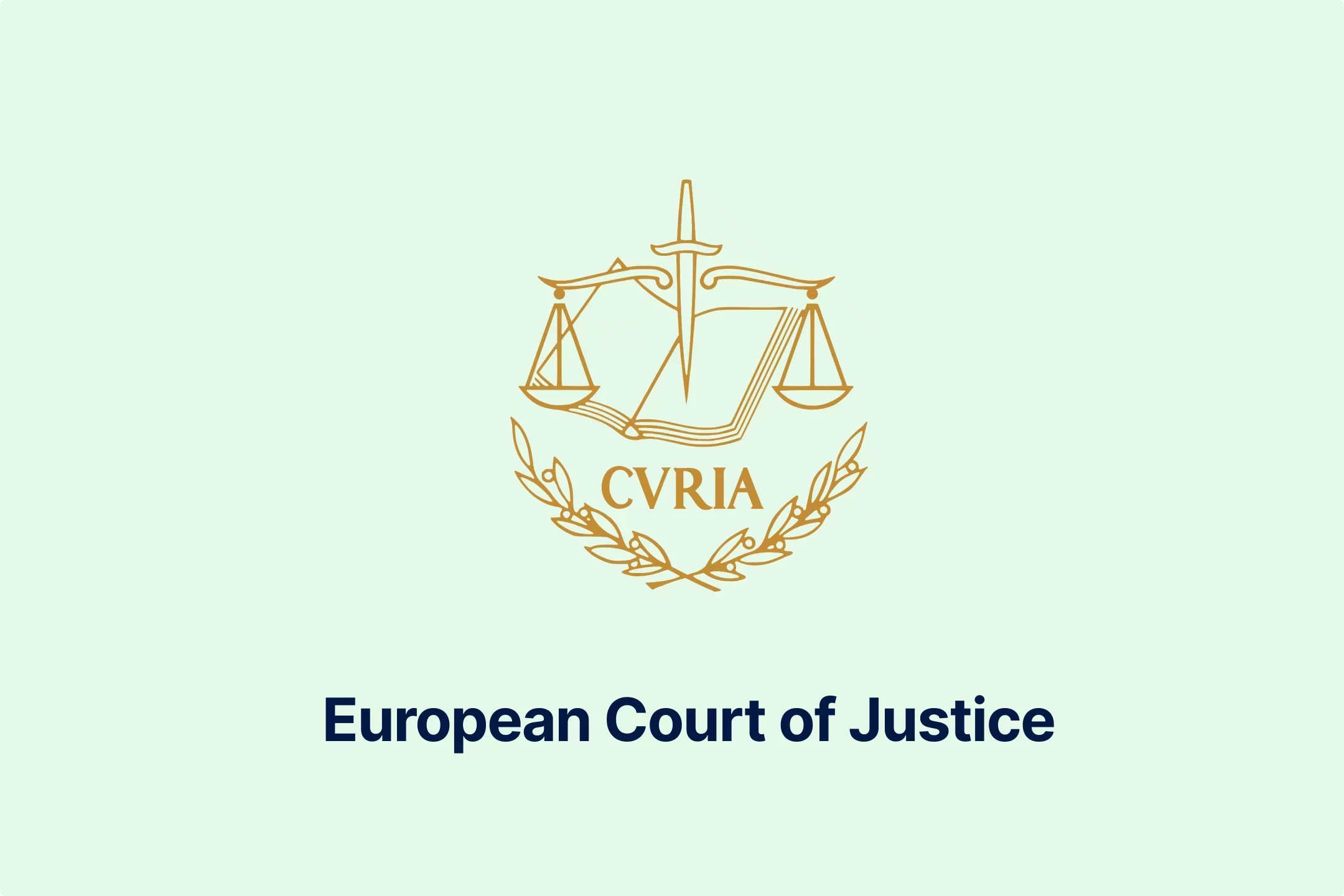
-lltkno6txy.webp)


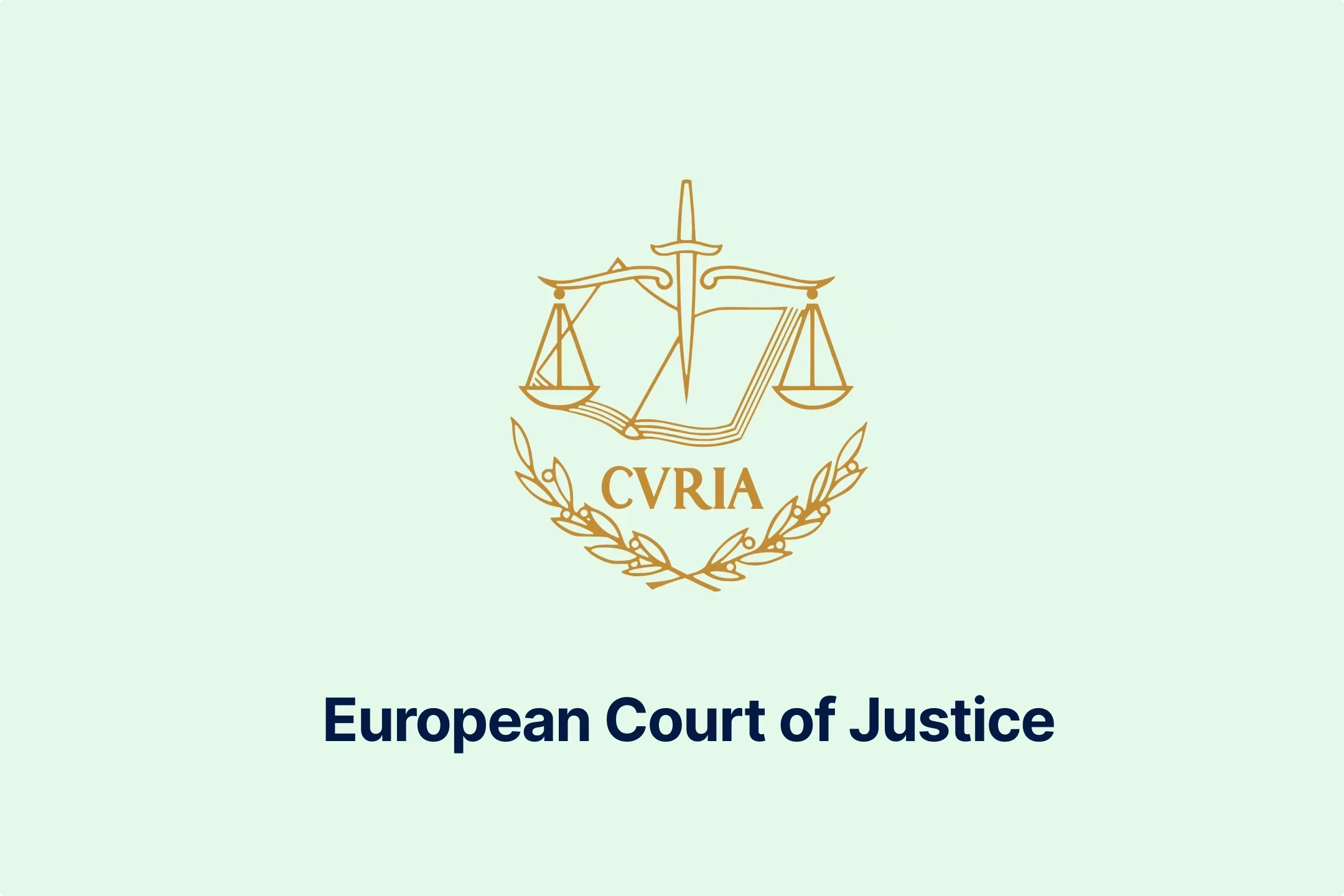
-do38odrqnq.webp)

-t409oldqzt.webp)
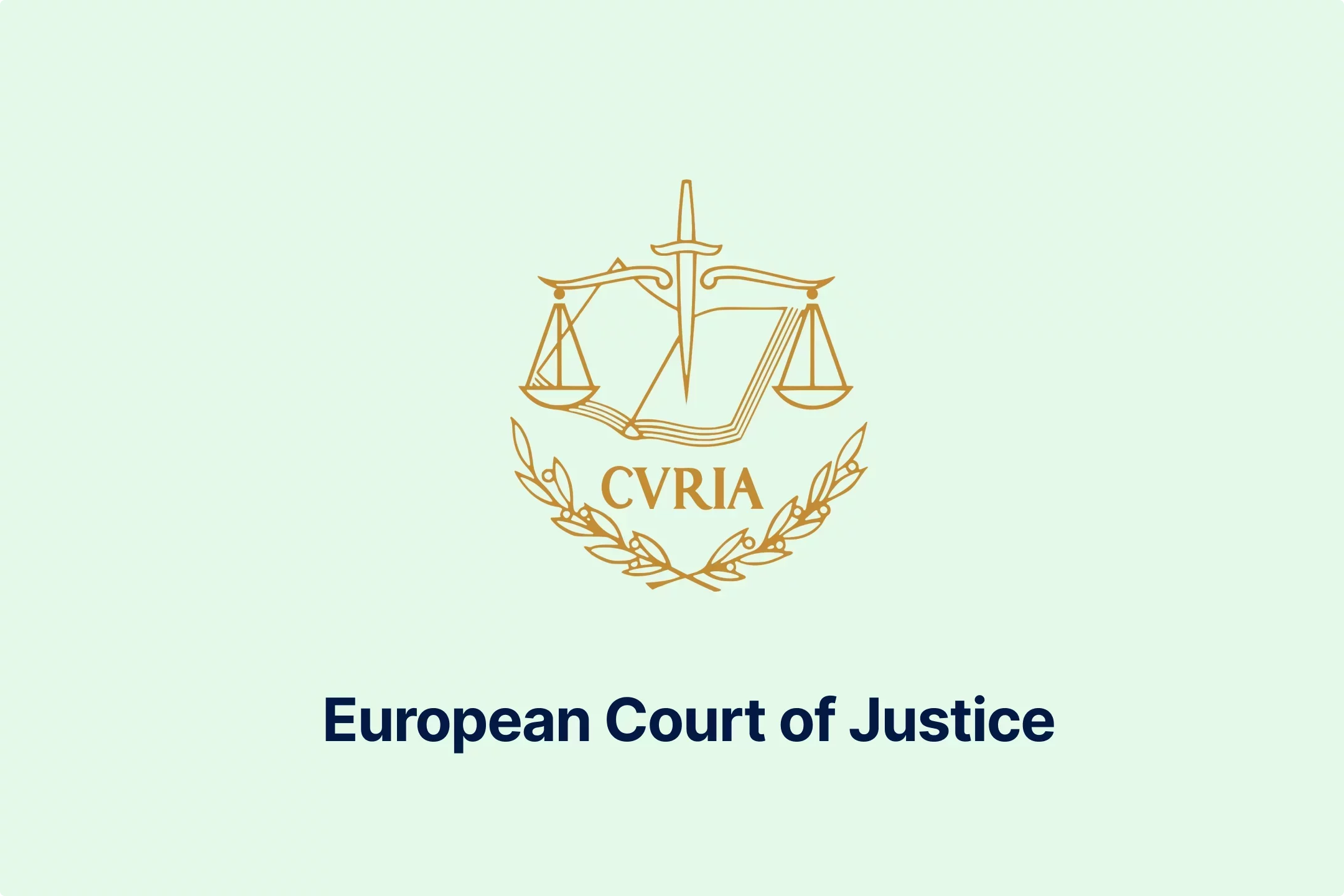
-hordopb6xh.webp)

-ooimnrbete.webp)

-lwb5qpsily.webp)


-eumafizrhm.webp)
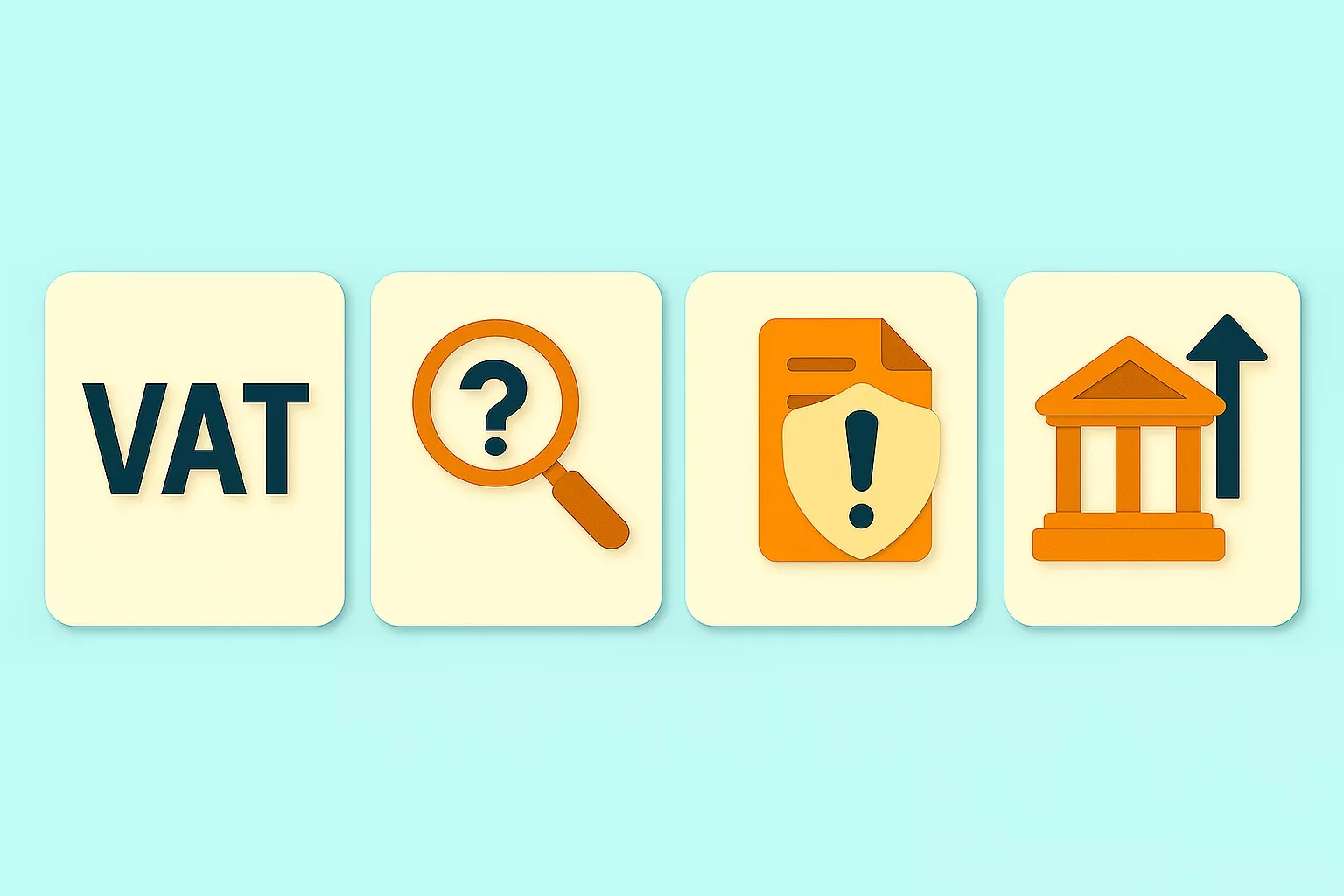
-mtqp3va9gb.webp)
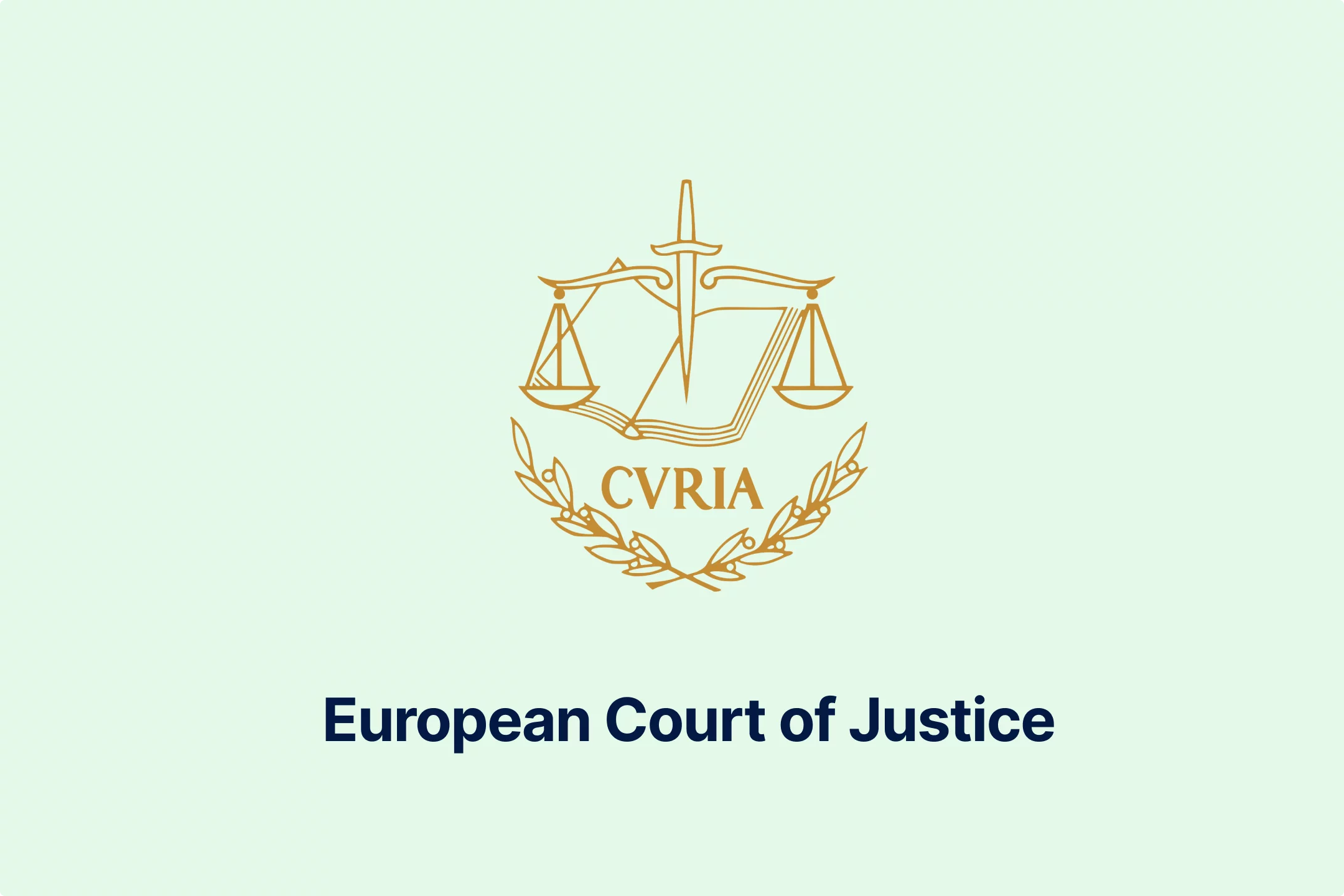
-3ewrn1yvfa.webp)
-591j35flz2.webp)
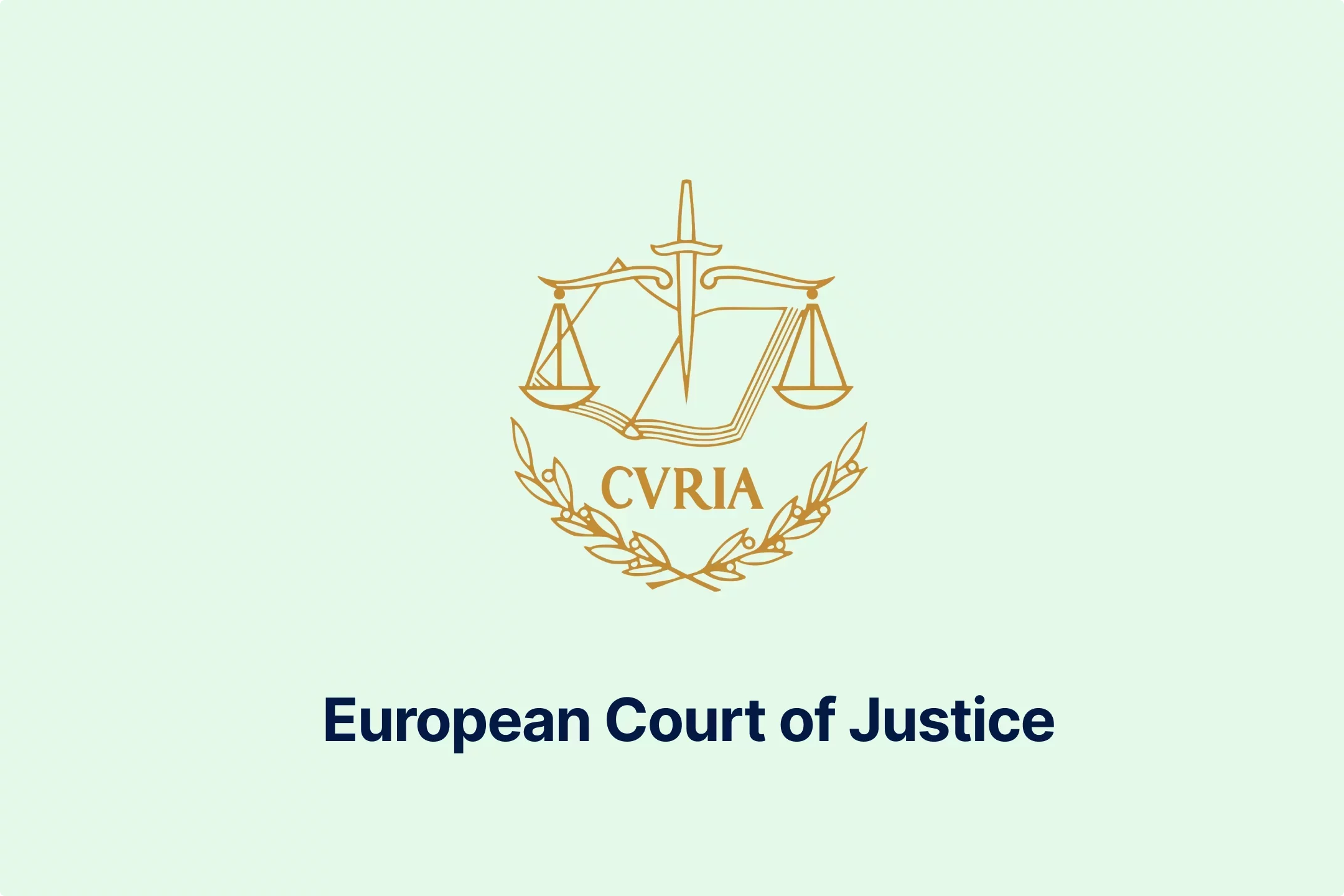
-huj3cam1de.webp)


-hafis0ii23.webp)

-qseaw5zmcy.webp)
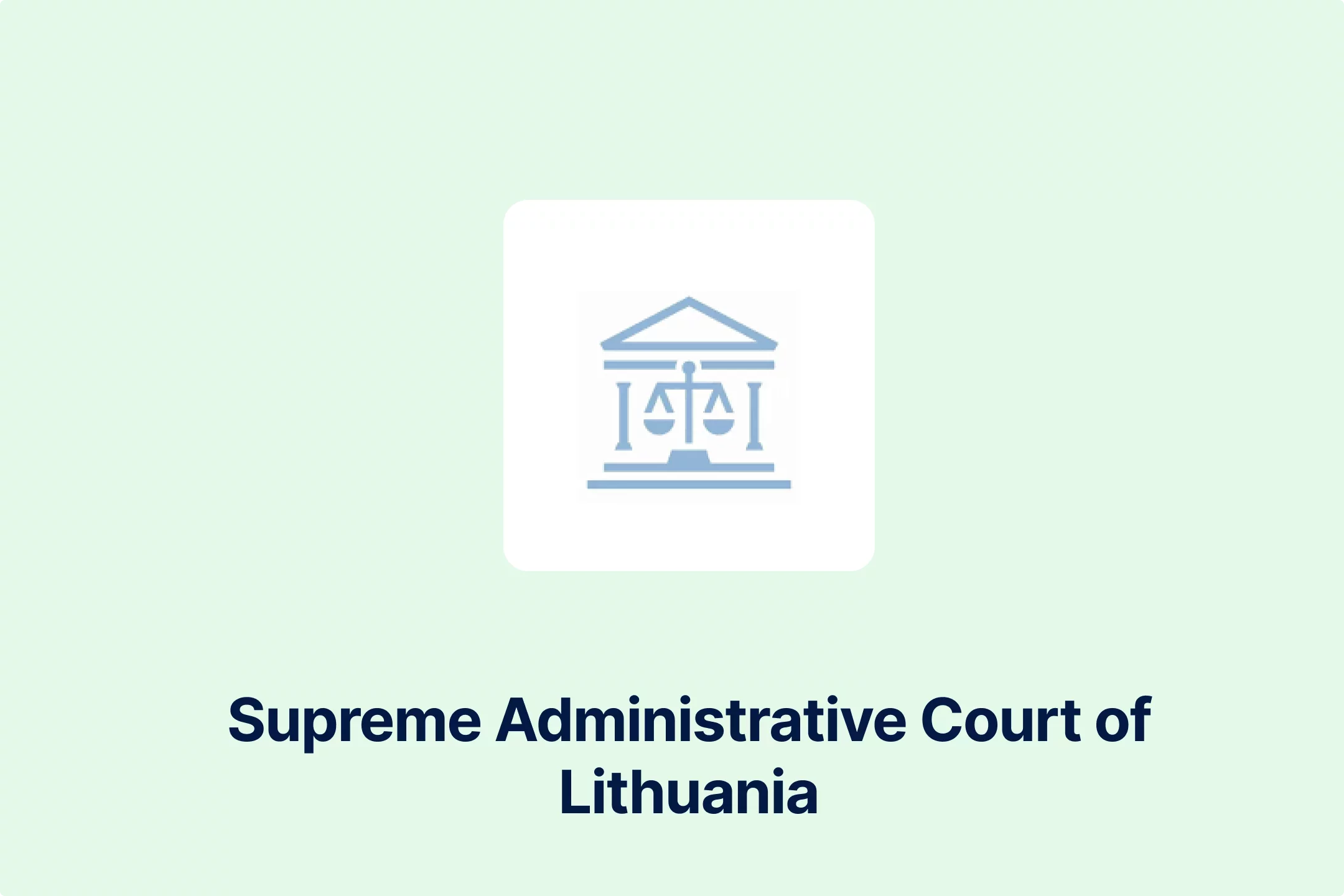


-qzsah2ifqx.webp)


-69rzooghib.webp)
-wrvng98m0g.webp)
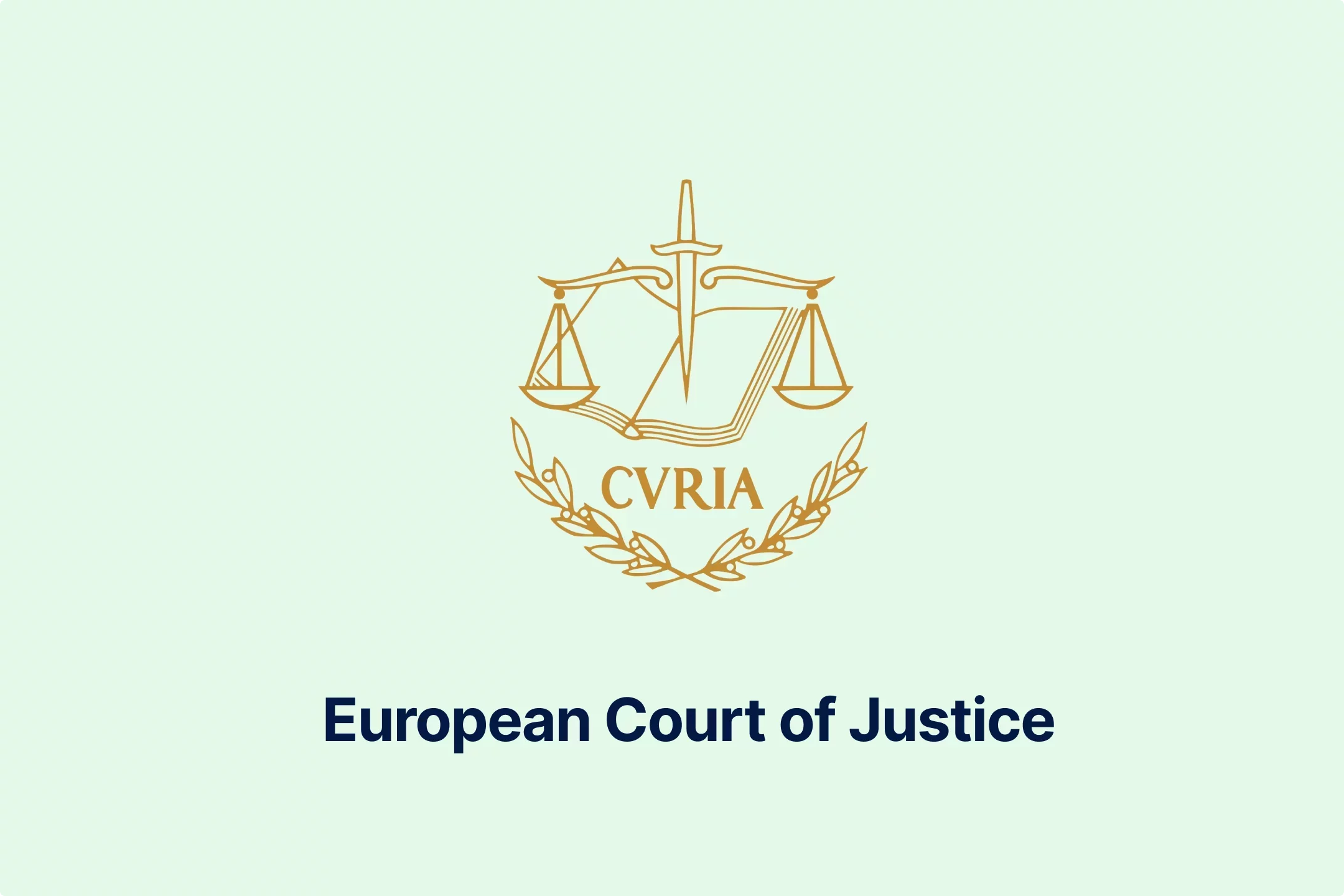
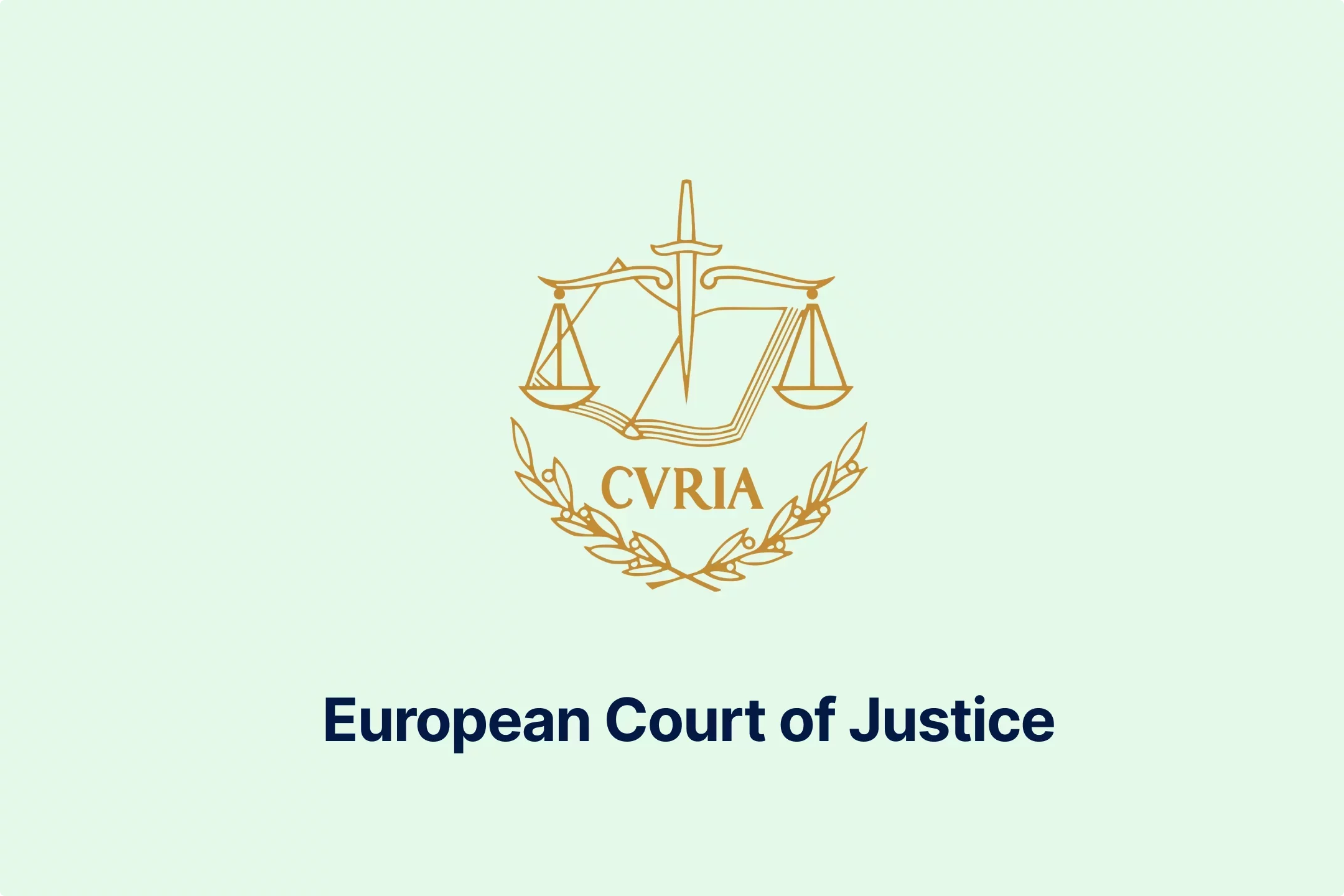
-psucycuxh2.webp)
-klyo8bn5lc.webp)



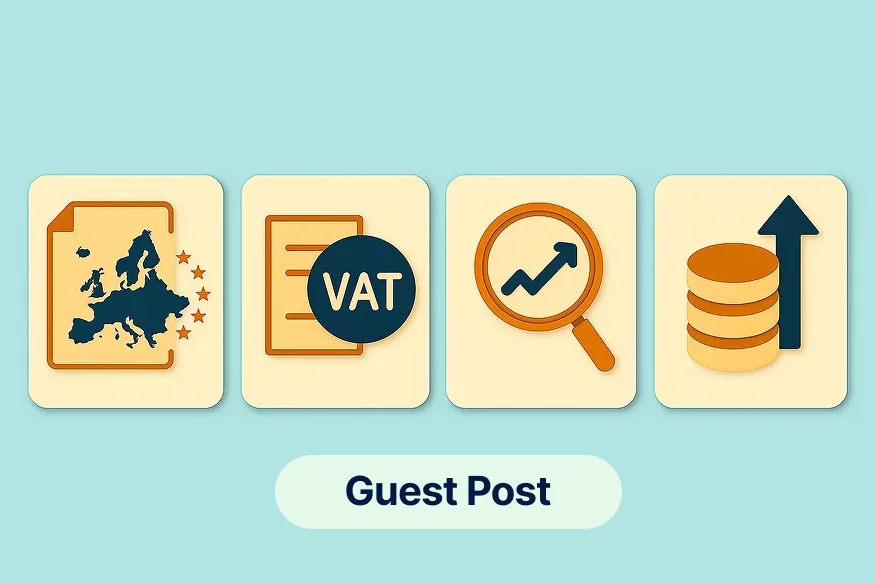
-6wv5h5eyyd.webp)
-tfgg78rbid.webp)
-a6jpv9ny8v.webp)
-qhdbapy0qr.webp)
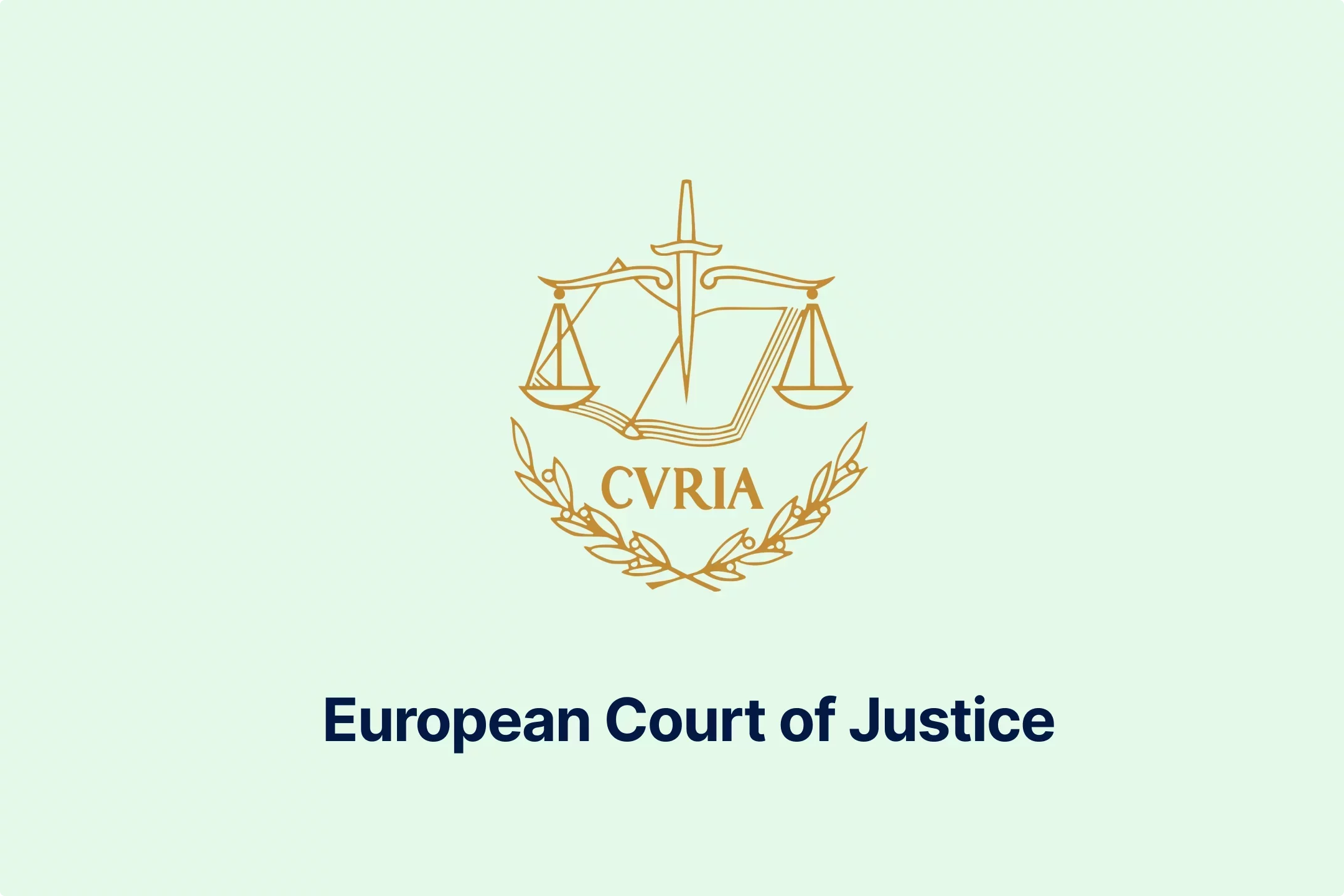

-owvu7zoc13.webp)


-h28jrh1ukm.webp)
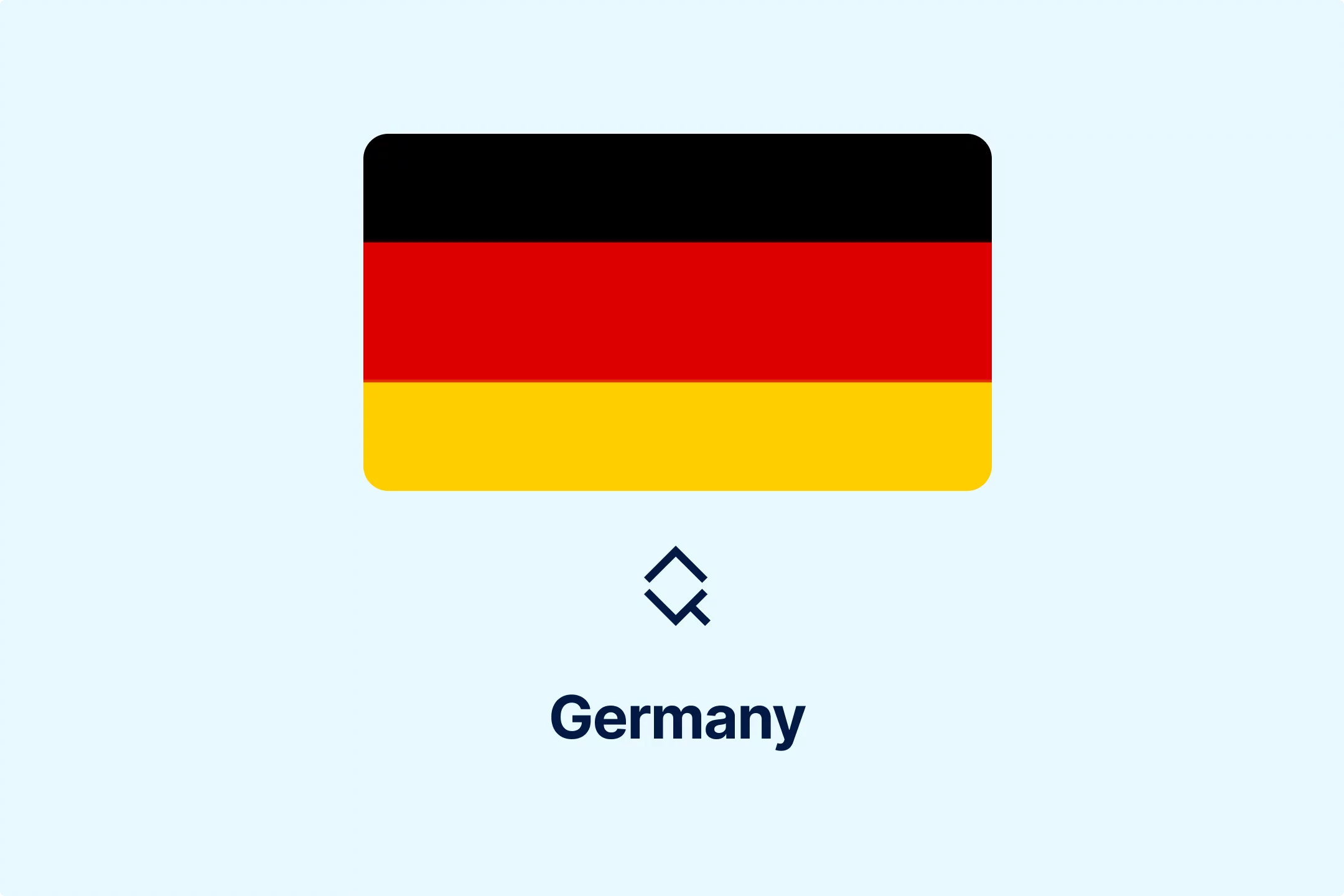
-wl9bl1rw3a.webp)
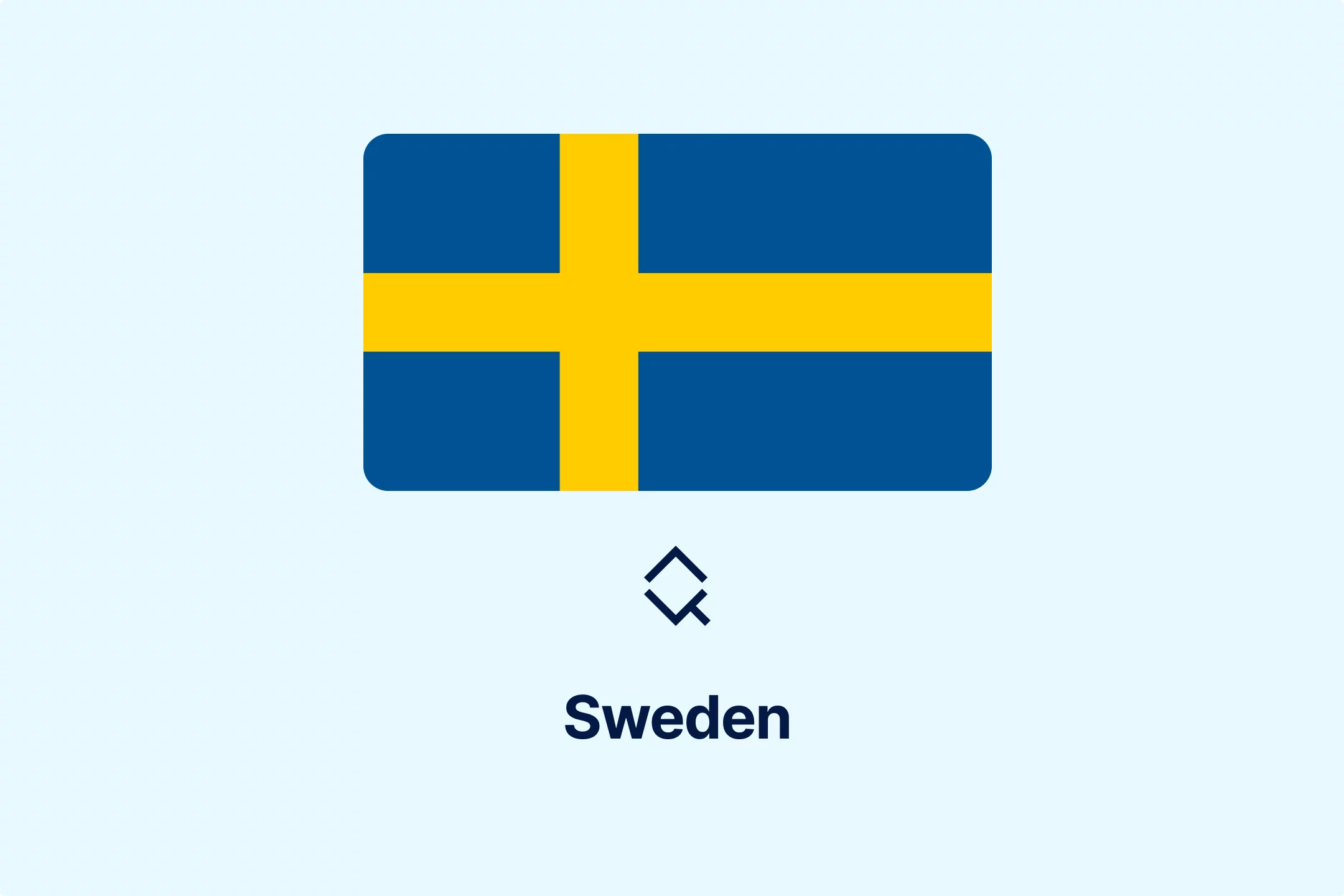
-2w76jtvtuk.webp)

-c0uvrmrq9j.webp)

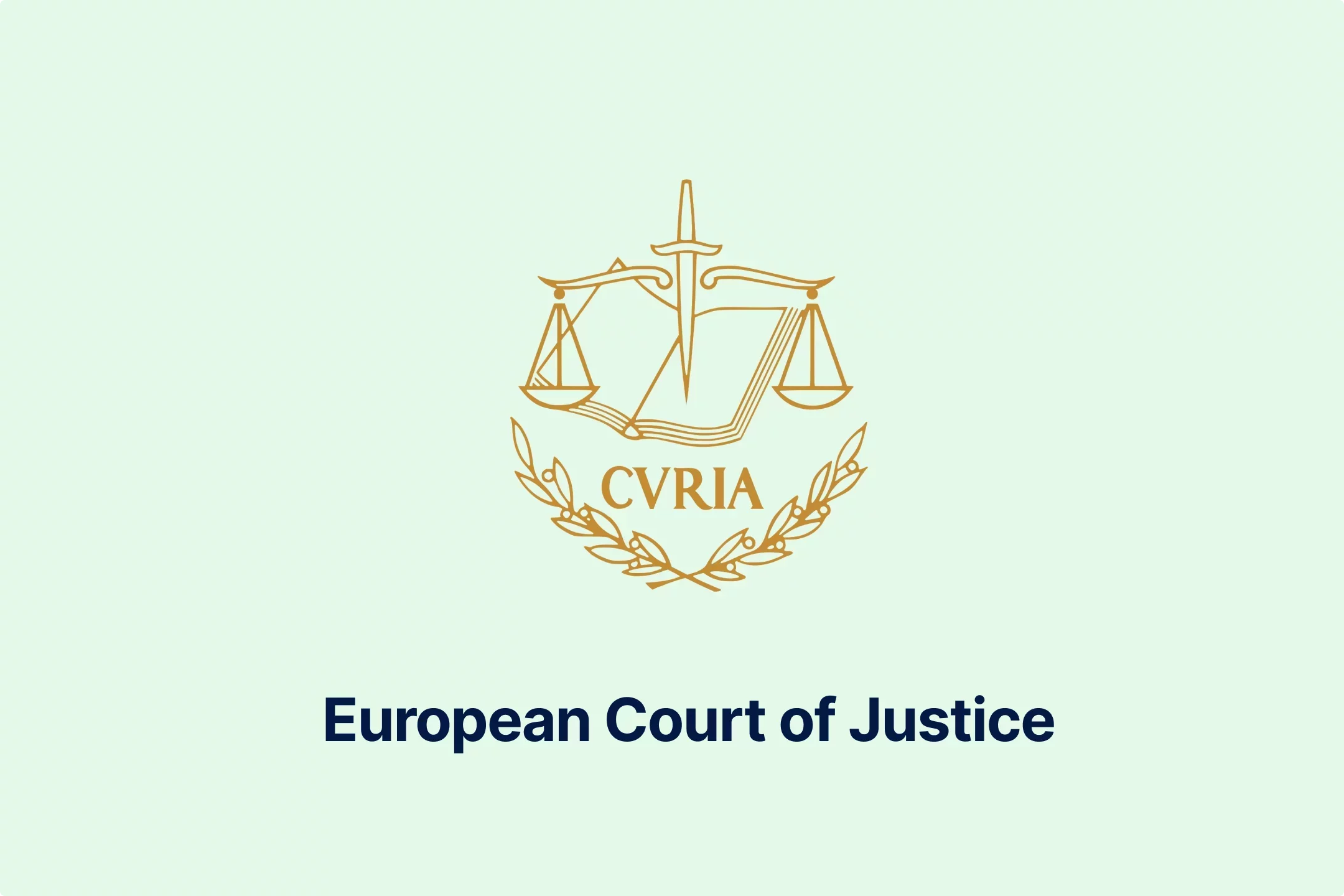

-pofe7ucwz3.webp)



-5cc23ezxyf.webp)
-rrmabbekeb.webp)
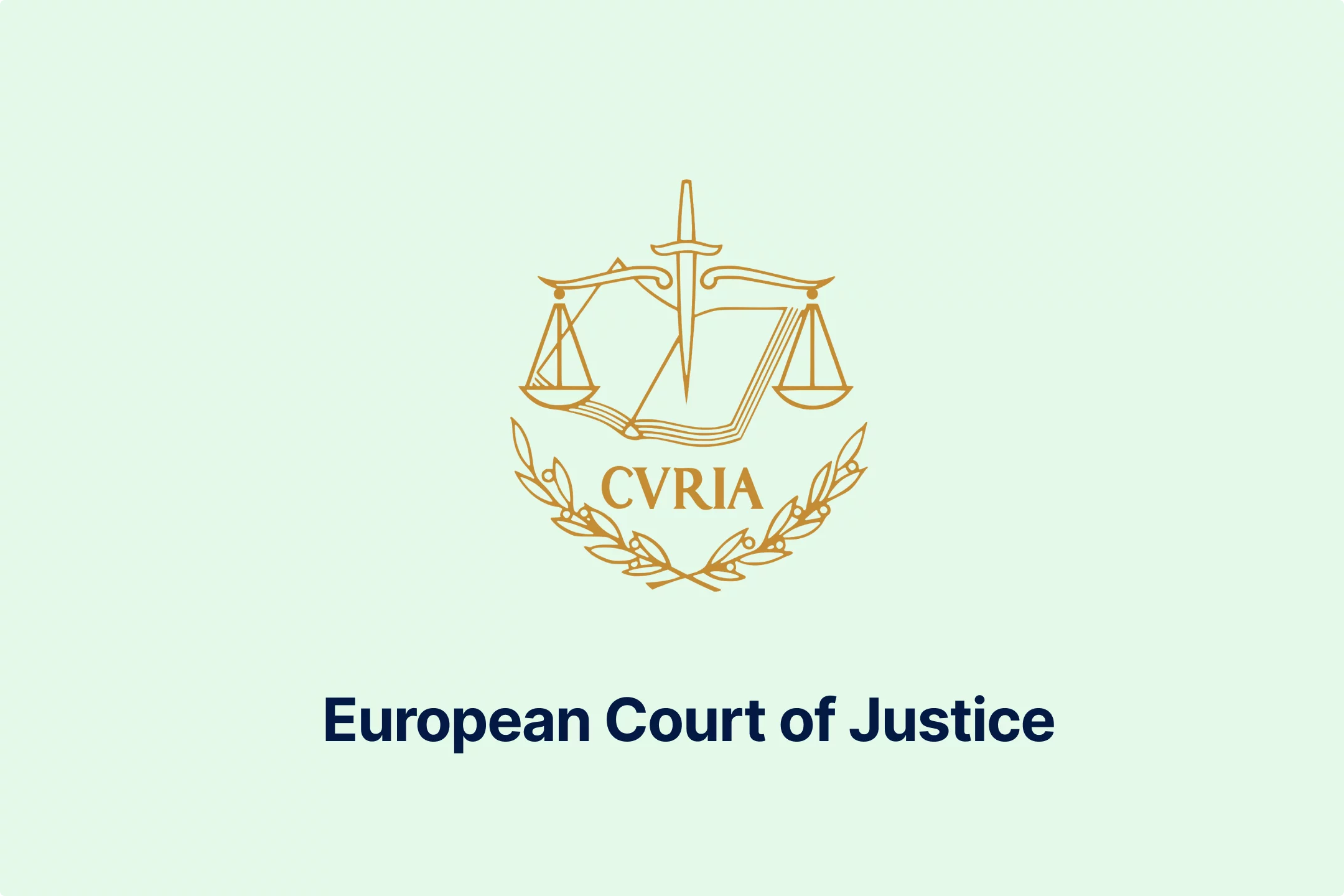


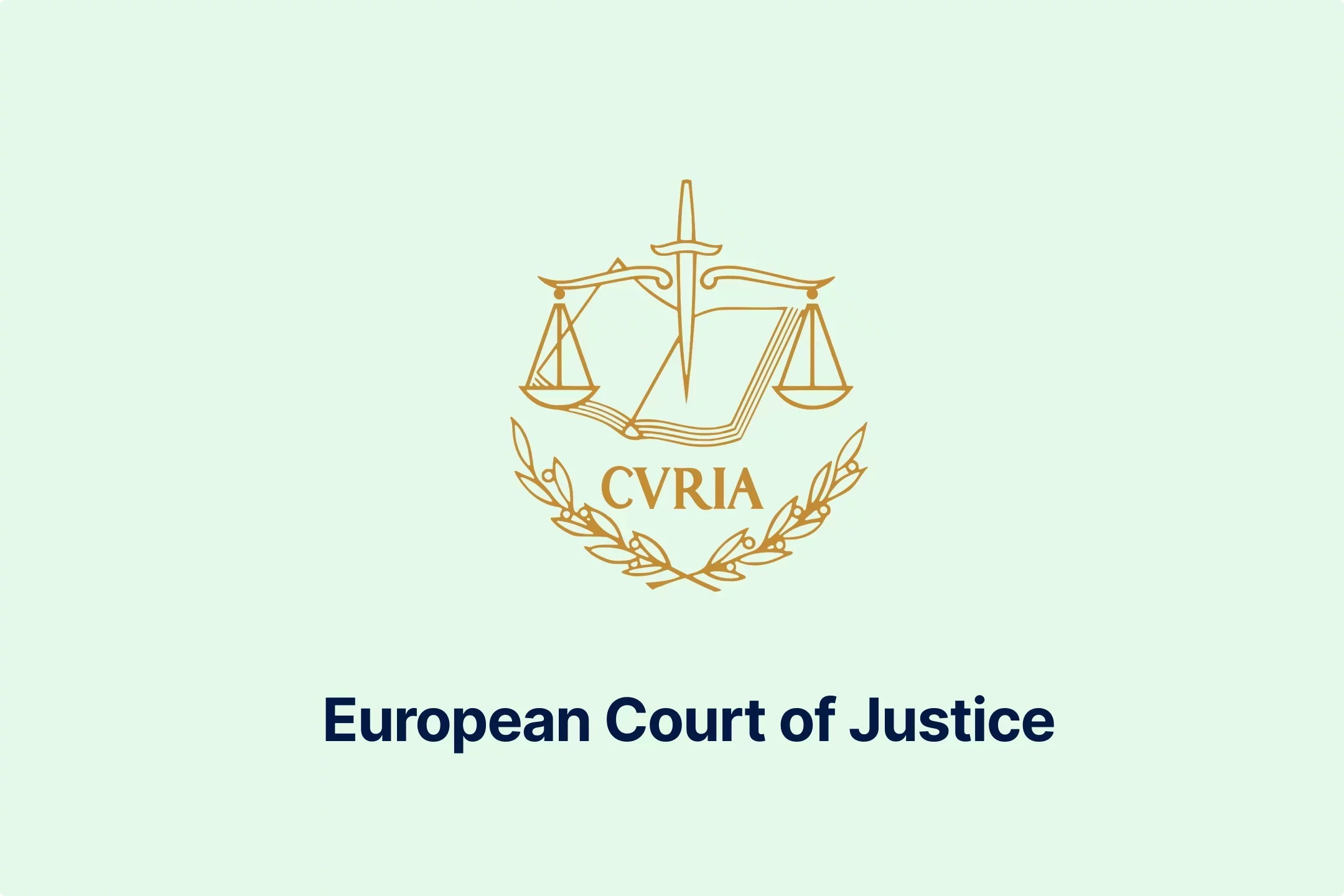




-iyyeiabtaf.webp)
-c8rbjkcs01.webp)
-nilkffjhah.webp)

-hikakq55ae.webp)

-z1d60bldtg.webp)
-d1a0q6n7mp.webp)
-viip8nvoeh.webp)
-bvv1otliox.webp)



-de8hdb1bn3.webp)
-7xsxxoypnx.webp)

-cm0opezg73.webp)
-0tovsdupmi.webp)
-subxdamdj6.webp)


-gly6ablwnh.webp)
-gkduqhwbzh.webp)
-qpe1ld9vcj.webp)
-8noukwsmba.webp)
-aka29tuhkt.webp)


-fisvs27yrp.webp)


-mp0jakanyb.webp)

-aivzsuryuq.webp)



-o7f4ogsy06.webp)

-zjja92wdje.webp)
-hrbhdts8ry.webp)
-qtdkwpgkug.webp)


-cf8ccgah0p.webp)
-0em3cif5s6.webp)






-ptzesl0kij.webp)

-tfzv42pyms.webp)
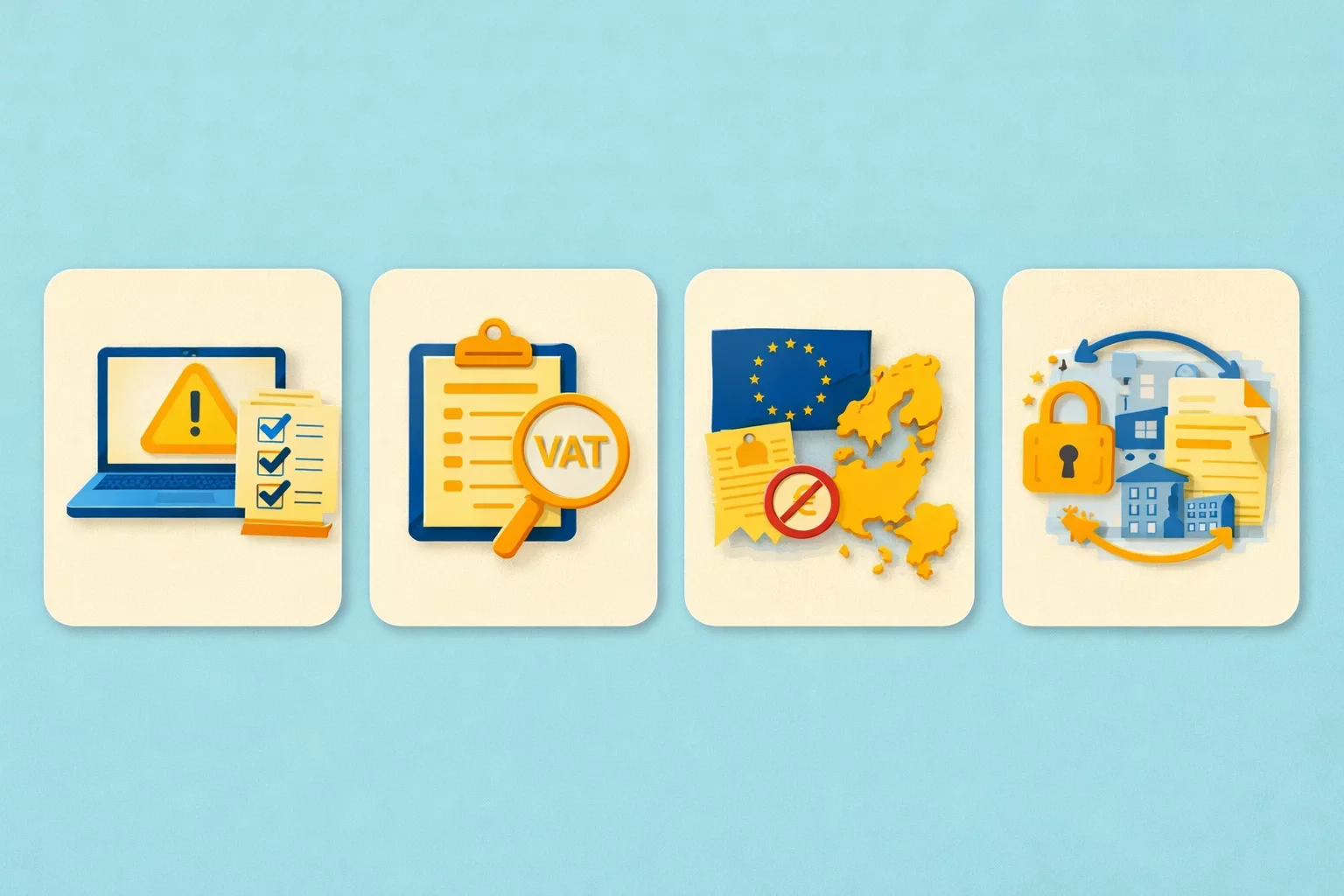






-uodv7sfbih.webp)
-bbrdfmm9qf.webp)



-m2tl8crfqr.webp)




-1awbqjgpjs.webp)
-avbjsn1k1g.webp)


-0h8ohkx6s0.webp)



-wfmqhtc7i6.webp)
-7wljbof2zo.webp)

-eqt97uyekl.webp)
-wzw9mcf563.webp)

-z4oxr6i0zd.webp)




-l0zcrrzvhb.webp)
-fhtic1pwml.webp)

-iipdguuz9p.webp)
-nkhhwrnggm.webp)
-pltqwerr3w.webp)

-nn6mtfbneq.webp)

-tmnklelfku.webp)



-8z1msbdibu.webp)
-7g16lgggrv.webp)



-lxcwgtzitc.webp)
-9mc55kqwtx.webp)


-xla7j3cxwz.webp)
-jrdryw2eil.webp)






-t9qr49xs2u.webp)


-qjopq5jplv.webp)



-vune1zdqex.webp)

-qsozqjwle2.webp)
-rgjta7iwiv.webp)

-zb6bxxws47.webp)
-lyfjzw4okp.webp)

-ogpfmol5m1.png)


-czisebympl.png)

-zetvivc79v.png)
-ud7ylvkade.png)
-qizq6w2v5z.png)







-ihr6b4mpo1.webp)
-k1j4au0ph6.webp)
-swxxcatugi.webp)


-ig9tutqopw.webp)

-tauoa6ziym.webp)

-spr0wydvvg.webp)

-xfuognajem.webp)





-u2nv5luoqc.webp)








-opuxpan2iu.webp)




-kwttsfd8ow.webp)
-8u14qi10nj.webp)

-wjpr96aq5g.webp)

.png)

.png)


.png)


.png)



.png)
.png)
.png)
.png)
.png)

.png)
.png)




.png)
.png)



































































































































